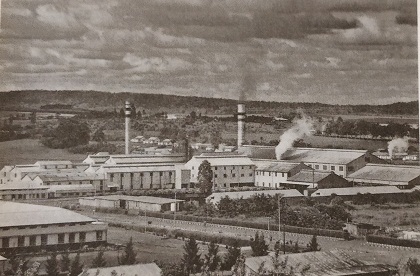 Courtesy: Tide of Fortune: A family tale, by Manubhai Madhvani
Courtesy: Tide of Fortune: A family tale, by Manubhai Madhvani

Sifra Lentin
Bombay History Fellow
Sifra Lentin is Fellow, Bombay History Studies. She was Visiting Fellow 2018 at the Herbert Katz Center for Advanced Judaic Studies at University of Pennsylvania for a project on Karachi’s Jews. Her latest Gateway House policy report on “India and the SCO, Bound by Buddhism” (November 2020) proposed how India could leverage her soft power as the holy land of Buddhism in this multilateral grouping. Her “Mumbai-Shanghai Sister Cities” report (May 2017): proposed recommendations on how sister city relationships between these two cities can be made to work. She has also written a number of books, namely, Bombay’s International Linkages (Gateway House, 2019); Our Legacy: The Dwarkadas Family of Bombay (2018), and A Salute to the Sword Arm – A photo Essay on the Western Fleet (Western Naval Command, 2007). Her work has also appeared in edited volumes: “The Jewish Presence in Bombay” in India’s Jewish Heritage: Ritual, Art, & Life-Cycle (Marg Publication, 2002), “Shalom India” published in One India One People’s book Know India Better (2006), “The Jewish presence in Mumbai: their contribution to the city’s economic, social and cultural fabric”, in Mumbai—Socio-Cultural Perspectives: Contribution of Ethnic Groups & Communities (Primus Books, 2017).
Sifra graduated in English Literature from Elphinstone College, Mumbai, and went on to complete her Bachelor’s in General Law (BGL) from Government Law College, Mumbai. Her earlier career was in journalism with a focus on Bombay and South Asian Jewish history. Most notably, she wrote a popular thrice-weekly column for Mid-Day “Vintage Mumbai” from 1995 to 1997 and a five-part Partition series for Reuters on the golden jubilee of Indian Independence in 1997. She is on the Board of Trustees of the Sir Jacob Sassoon School (Byculla, Mumbai).
History, Bombay
Recent projects
 Courtesy: Tide of Fortune: A family tale, by Manubhai Madhvani
Courtesy: Tide of Fortune: A family tale, by Manubhai Madhvani
 Courtesy: State Bank of India
Courtesy: State Bank of India
Indian banking’s chequered history
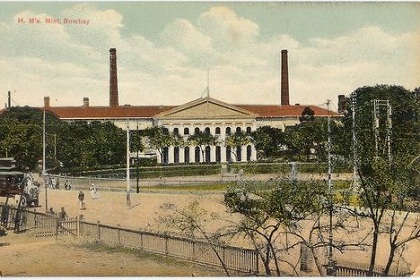 Courtesy: Wikipedia Commons
Courtesy: Wikipedia Commons
Rationale for the return of the global rupee
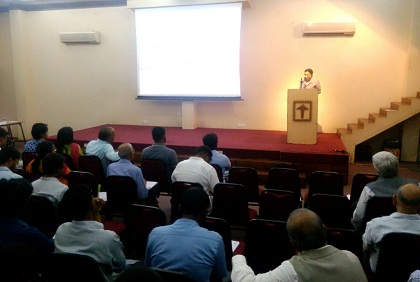 Courtesy: Chennai Center for China Studies
Courtesy: Chennai Center for China Studies
Can soft diplomacy bridge the India-China divide?
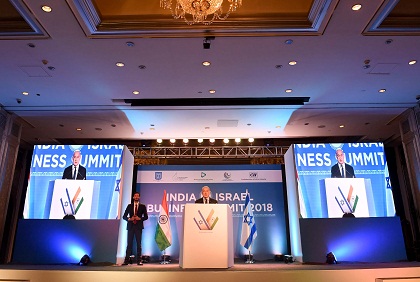 Courtesy: Israel Prime Minister/ Flickr
Courtesy: Israel Prime Minister/ Flickr
Bibi’s visit a shoring up of business synergies
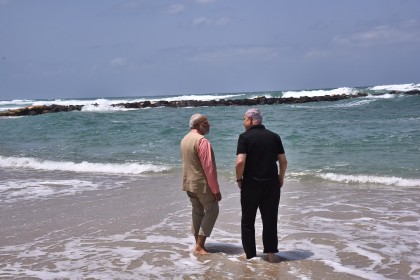 Courtesy: Flickr/MEA India
Courtesy: Flickr/MEA India
Soft power of Israel’s Indian Jews
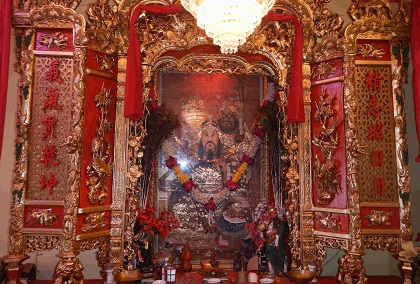 Courtesy: flickr
Courtesy: flickr
Bombay’s Chinese cultural links
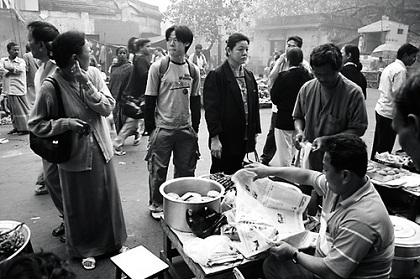 Courtesy: Flickr
Courtesy: Flickr
Indian Chinese diaspora: from Calcutta to Toronto
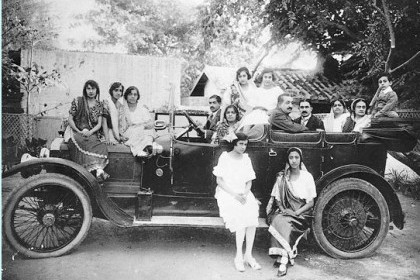 Courtesy: Pinterest
Courtesy: Pinterest
Partition: those who stayed behind
 Courtesy: The Indian Railways Fan Club
Courtesy: The Indian Railways Fan Club

